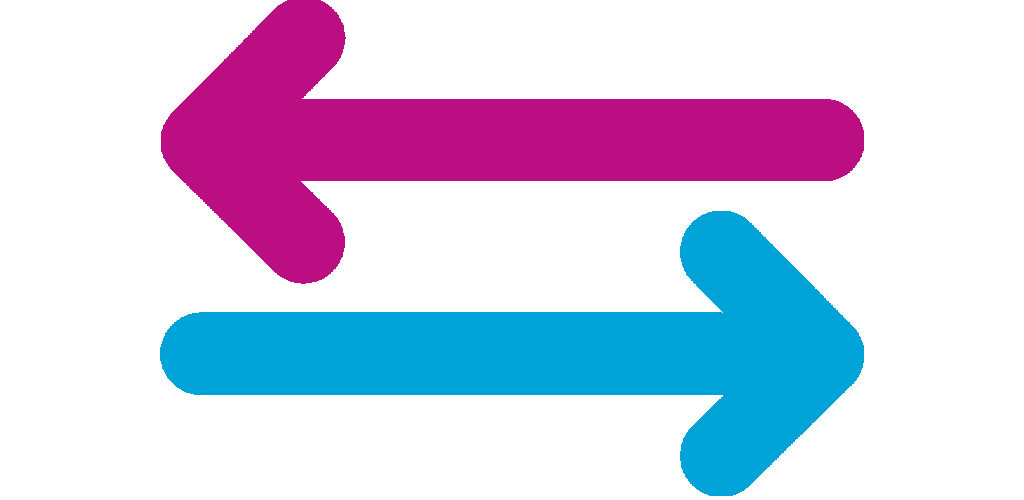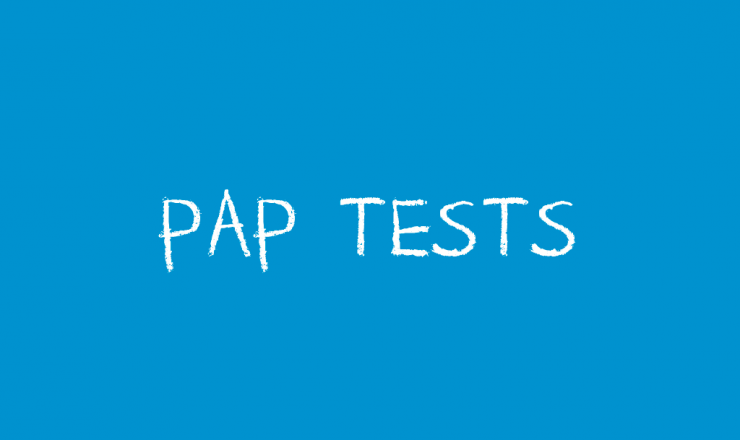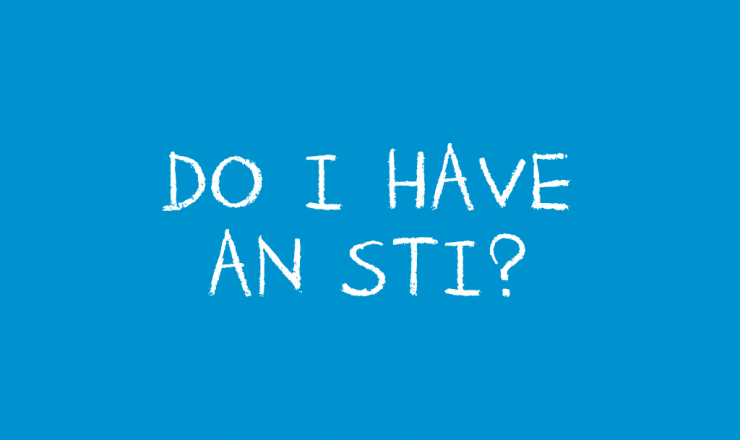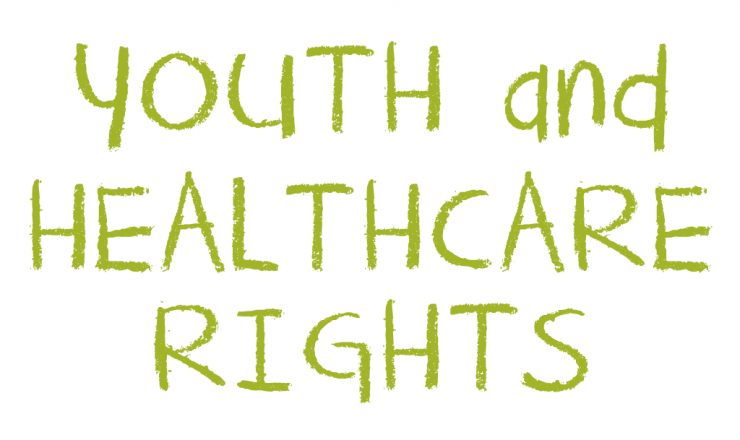Withdrawal
What is withdrawal (pulling out)?
- Withdrawal, or pulling out, is a form of birth control.
- During vaginal sex (intercourse), you take your penis* out of your partner’s vagina* before you ejaculate (cum or bust). You then ejaculate away from the vagina and vulva (the area surrounding the entrance to the vagina).
How does withdrawal prevent pregnancy?
- When your penis ejaculates, it releases a fluid called semen (cum), which contains sperm.
- In order to get pregnant, sperm must enter the vagina, swim up into the uterus and fertilize an egg that has been released from the ovaries during ovulation.
- Withdrawal involves pulling your penis out of your partner’s vagina before ejaculating and ejaculating away from the vagina and vulva. This prevents sperm from entering the body, reaching an egg and fertilizing it.
How effective is withdrawal?
- Pulling out is 96% effective. This means that if 100 people used withdrawal correctly for one year, only 4 people would get pregnant.
- Because withdrawal may be used incorrectly, it is closer to 81% effective with typical use.
How do you use withdrawal?
- During vaginal sex, before you feel you are about to ejaculate, pull your penis fully out of your partner’s vagina and cum away from the vaginal opening and vulva.
- Pee after every ejaculation (from sex or masturbation) to clear out any sperm that may be left behind. This can reduce the risk of your pre-cum getting someone pregnant.
- Pre-cum is the drop of clear fluid that comes out of your urethra (pee hole) when you start to get aroused (turned on). It doesn’t normally contain sperm but if there is any sperm left behind in the reproductive tract from a recent ejaculation, that sperm could come out with pre-cum and get someone pregnant.
How do you get started using withdrawal?
Before you get started, here are some things to consider:
Practice
You can learn the signs your body gives when you are about to cum through masturbating so that when you’re with a partner, you can pull out in time.
Awareness
Learn about how fertility works. Knowing about your partner’s fertility and your own can increase the effectiveness of withdrawal as well as other methods of birth control you or your partner may be using.
Communication
Like all kinds of sex and intimacy, using withdrawal means communicating with your partner. When pulling out, you may have to stop suddenly. You will need to negotiate with your partner that you will both be okay to stop having sex in order to pull out.
Where to put semen (cum)
You will also need to negotiate about where to put the semen. Do not assume it is okay to cum on someone’s body without talking about it first.
Back-up
You may want to consider having a back-up form of birth control on hand. If you have used withdrawal but are still concerned about pregnancy, emergency contraception is an option for up to 5 days after sex. Ask your clinician about buying an emergency method like Plan B to have ready for the future.
Trust/Responsibility
If you make a mistake and don’t pull out in time or you ejaculate close to the vagina/vulva, be honest with your partner and tell them so they can use emergency contraception to prevent pregnancy. To use withdrawal, your partner must be able to trust you to do this to reduce any anxiety or stress about an unplanned pregnancy.
What are the side effects of withdrawal?
- There are no side effects with using withdrawal.
Advantages of withdrawal
- It’s free.
- You don’t need a prescription or any tools to use it.
- It’s something people with testicles** can do themselves to reduce the risk of getting someone pregnant.
- It’s convenient – you only use it when you need to.
- You can use it with condoms or alongside a method your partner is using such as vaginal contraceptive film (VCF) to further reduce your risk of getting someone pregnant.
- You can also use it if you and/or your partner forget to use another form of birth control.
- It gives you a chance to get to know your body better, like knowing when you’re going to ejaculate.
- It doesn’t cause any changes to you or your partner’s body.
Disadvantages of withdrawal
- You may not always be able to control when you are going to ejaculate or you may not always know when to pull out.
- Sex may be less enjoyable if you or your partner don’t trust your ability to pull out in time.
- Even though pre-cum doesn’t normally contain sperm, if there is any sperm left behind from a recent ejaculation, it could come out with pre-cum and get someone pregnant.
- If you pull out but still ejaculate on or near the vaginal opening, pregnancy is still possible.
- It may not be as effective as other methods.
- It does not protect you from sexually transmitted infections (STIs), particularly because STIs can be found in pre-cum.
For a downloadable resource on this topic, please visit Planned Parenthood Toronto Factsheet Database.
If you have questions about this topic, feel free to contact one of our peer educators. [Link]
*We know that these aren’t the words everyone uses for their bodies (eg. trans folks), and support you using the language that feels best for you.
**People with testicles are usually designated male at birth. People with penises don’t always identify as male.
Last Edited: May 2020






